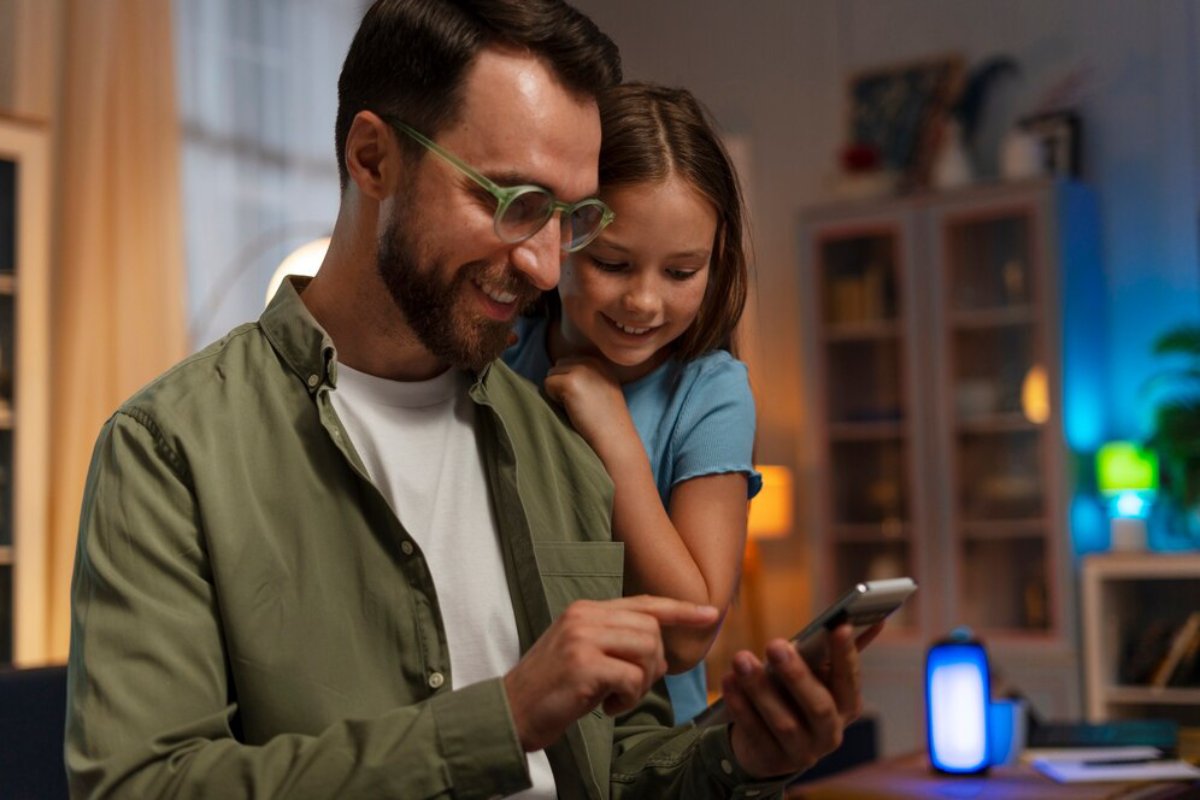
Separating Productive Screen Time from Passive Viewing: A Guide to Mindful Media Consumption
In today’s digital age, screens have become an integral part of our daily lives. The difference between productive screen time and passive watching is crucial today. It matters in education and entertainment. As we sail through the sea of digital content, we must manage our screen time well. This blog examines the differences between productive screen time and passive media use. It offers tips on how to watch mindfully.
The Importance of Differentiating Screen Time
Many people spend a lot of time in front of screens due to the rise of digital devices. According to recent studies, the average adult in the UK spends over four hours daily on their phone alone. This statistic highlights the need to distinguish apart productive screen time and passive media use.
Productive screen time is when you use devices to learn, grow, or boost your career. You can join educational content, take online courses, or use apps to plan your daily tasks. Passive media consumption often means scrolling through social media or binge-watching shows. People do this without a clear purpose.
Knowing the difference between these two types of screen time can help our mental health. It can also boost productivity and improve our quality of life. Knowing these differences helps us choose wisely when we spend time online.
Key Benefits of Productive Screen Time
Enhancing Personal and Professional Growth
Transform your screen time into a powerhouse of personal and professional growth. Today’s digital world is full of online learning treasures waiting to be found. Individuals can sharpen skills, broaden horizons, and even venture into new career realms. Platforms like Coursera, Udemy, and LinkedIn Learning provide a delightful smorgasbord of courses. From coding wizardry to the art of creative writing, you can learn at your own pace. Unlock your potential and let every click ignite your curiosity!
Moreover, productive screen time can foster creativity and innovation. Interacting with challenging content helps us think differently. It introduces new ideas that deepen our understanding of the world. This boosts creativity, problem-solving, and adaptability, which are valuable in personal and work life.

Improving Mental Well-being
Positively using screens can boost your mental well-being. Mindful viewing means being careful about what we watch. It helps us focus on what really matters. Focusing on content that matches our values and interests helps us relax. It can lower stress and anxiety, and also gives us a sense of achievement.
For example, meditation apps like Headspace and Calm can help you manage stress and boost your mental health. Engaging with inspiring content can also lift your mood and improve your well-being.
Common Mistakes in Media Consumption
Falling into the Trap of Passive Media
Many people make a common mistake: They fall into the trap of passive media consumption. They turn to screens to avoid boredom or delay doing things. Passive viewing might give short-term relief, but it can have bad effects. It can lower productivity, raise stress levels, and leave you unfulfilled.
To avoid this, setting clear boundaries around screen time is essential. You can make a schedule. Set aside specific times for work and fun. By being intentional about how we spend our time, we can ensure that our screen usage aligns with our goals and values.
Overloading on Information
Another common mistake is overloading on information. In today’s world, there’s so much information that it can feel overwhelming. This can cause information fatigue. People may feel tired and struggle to process new information well.
Practice mindful viewing. Choose content that is relevant and meaningful to you. To enhance our lives, we can unsubscribe from unwanted newsletters. We can also cut back on social media. Finally, we should focus on high-quality content that truly matters.
Tips for Mindful Viewing
Setting Intentions
One of the most effective ways to engage in mindful viewing is by setting clear intentions. Before turning on a device, take a moment to reflect on what you hope to achieve. Are you looking to learn something new, relax, or connect with others? Setting intentions helps make your screen time meaningful and aligned with your goals.
Curating Your Digital Environment
Another key strategy for mindful viewing is curating your digital environment. Be careful about what you read and which platforms you use. Think about subscribing to educational podcasts. You can also follow thought leaders on social media. Using apps that boost productivity and well-being is a great idea too.
Additionally, organising your digital devices to minimise distractions can be helpful. This may involve turning off notifications, using website blockers, or creating a dedicated workspace for productive activities.
Advanced Insights on Screen Time Management
The Role of Digital Literacy
Digital literacy is key to managing screen time well in today’s digital world. Digital literacy means the ability to find, assess, and create information using technology. Building these skills helps people make wise choices about screen use. They can then engage with content more thoughtfully.
Educational institutions and organisations can promote digital literacy. They can provide training and resources. This helps individuals use technology effectively. As a result, people can have more meaningful and productive screen time. Ultimately, this boosts personal and professional growth.

Embracing Digital Detox
Another advanced strategy for managing screen time is embracing digital detox. A digital detox means stepping away from screens. It helps you recharge and reconnect with the real world. This can help individuals gain perspective, reduce stress, and improve overall well-being.
To start a digital detox, pick certain times or days each week to unplug from devices. During this time, do things that help you relax and get creative. You could read, exercise, or enjoy nature.
Conclusion: Embracing Mindful Media Consumption
Understanding the difference between productive screen time and passive viewing is vital. Knowing these differences helps people use media mindfully. This can boost personal growth, improve mental well-being, and maximise screen time.
As we explore the digital world, let’s embrace mindful viewing. We should make intentional choices about how we engage with media. This way, our screen time can be purposeful, fulfilling, and aligned with our values and goals.


